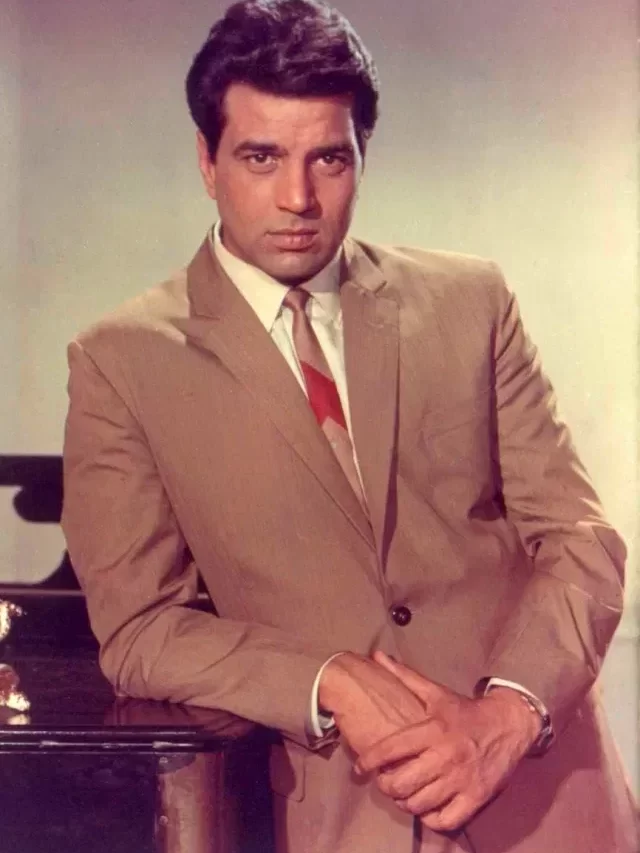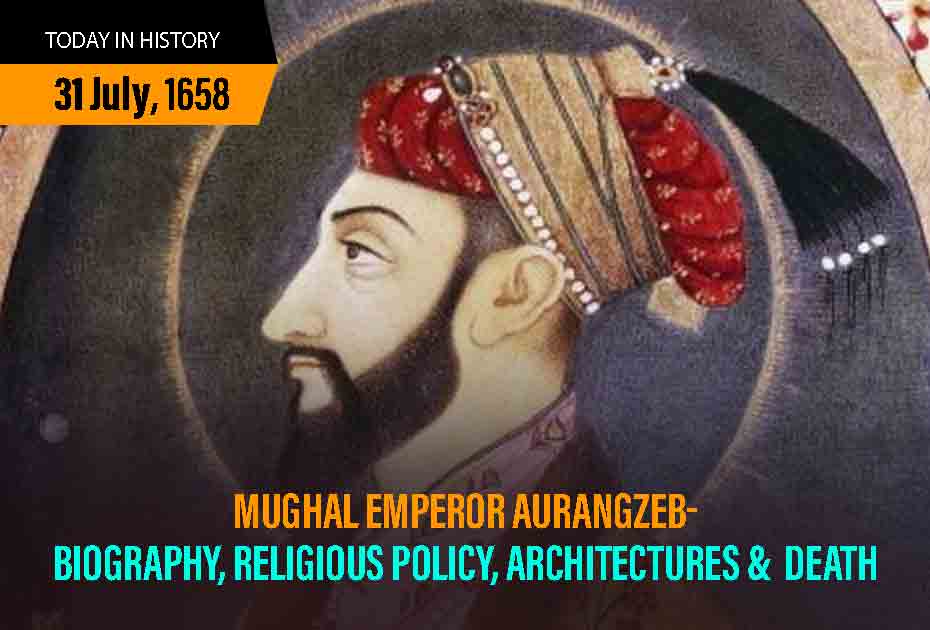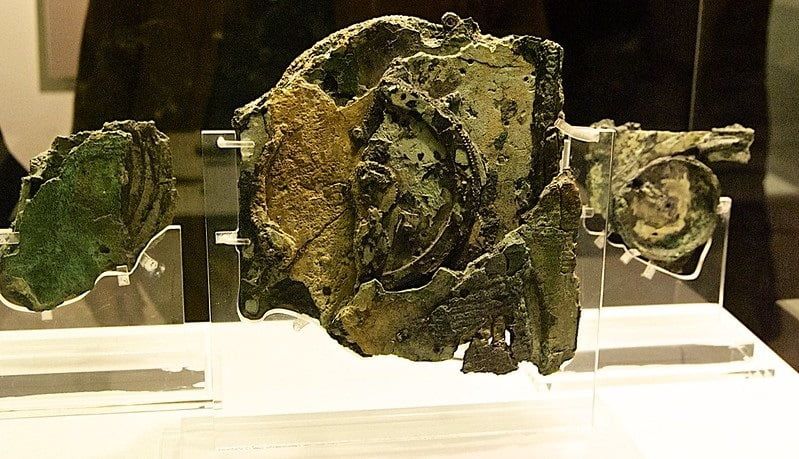The Mughal dynasty was a historical empire with the longest reign founded by Babur in India. Babur, the Turco-Iranian conqueror of India, visited twice before finally invading the country on the third attempt. The Mughals were distinguished as the black royal families are known for their fierce and strict attitude. One of the Mughal rulers who ruled between 1658 to 1707 was Aurangzeb. The Mughal Emperor Aurangzeb was the most controversial of all the Mughal rulers. This article will give you a glance at who was Aurangzeb by sharing a detailed biography of Aurangzeb. Also, know about Aurangzeb architectural achievements, why Aurangzeb religious policy led to his dissolution, and how Mughal emperor Aurangzeb died.
The Complete Biography Of Aurangzeb
Who Was Aurangzeb?
The Mughal hierarchy is lined with the greatest rulers of all time including Babur, Humayun, the great Akbar, Shah Jahan, and so on. One among these great rulers, one known for his strict policies, was Aurangzeb, the sixth Mughal Emperor. He was the son of Mughal Emperor Shah Jahan. The biography of Aurangzeb gives slight insights into the complexity of his personality making him so impatient and controversial.
Aurangzeb architectural achievements were not as notable as his father Shah Jahan’s but he considered replacing stone or marble with bricks. He also made a few additions to Lahore Fort. Being a tyrant and not so favourite of historians, it was because of the natural causes of illness that make up a reason for how Mughal Emperor Aurangzeb died.
Early Life Of The Mughal Emperor Aurangzeb
Muhi al-Din Muhammad, who was Aurangzeb, was born on the 15th of October 1618, in Dahod. The Mughal Emperor was 2nd son of four sons of Shah Jahan and Mumtaz Mahal. He received his princely education of war training and education including administration. He also acquired his education in Islamic studies both in Persian and Turkish literature. He was also fluent in Hindi.
According to the biography of Aurangzeb, his father praised him and gave him the title of Bahadur after defeating an elephant in a deadly combat battle.
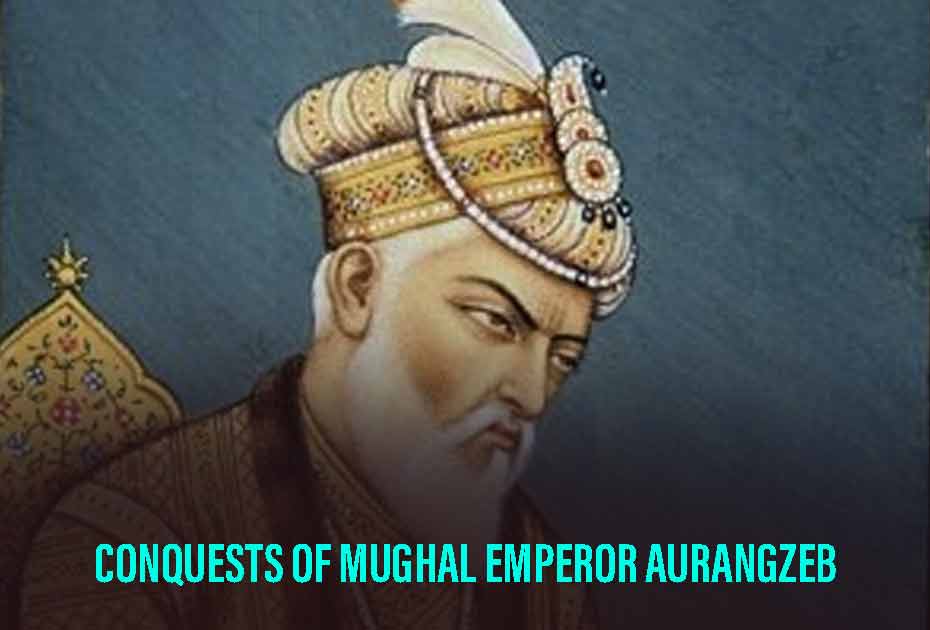
Emperorship Of The Mughal Emperor Aurangzeb
Aurangzeb’s first ever war was the Bundela War against the ruler of Orchha. The battle was won successfully. He then was assigned as the viceroy of Deccan. He then married Dilras Banu, princess of Safavid in 1637. He remarried in 1638 to Nawab Bai and also Aurangabadi Mahal.
Later, Prince Aurangzeb fought many wars against enemies such as Maratha and Afghan kingdoms for supremacy in India. He successfully expanded his kingdom to cover most parts of northern India but subjected his subjects to heavy taxation.
Most of the controversies were due to Aurangzeb religious policy which were completely fanatic and intolerable to the public interest. The public faced a lot of discrimination and assault during this phase of religious conflicts. He completely disobeyed his grandfather, Akbar’s policies regarding religion.
Also Read- History, Story And Real Facts About Taj Mahal And Mumtaz Mahal
The Mughal Emperor Shah Jahan – War Of Succession
The Mughal dynasty had no such rules for throne succession, only the power of the sword decided who the king would be. On 31st July 1658, Mughal prince Aurangzeb proclaimed himself king of the Mughal Empire. There were several reasons for such succession, after Shah Jahan.
- Incompetency of Shah Jahan
One of the most vital reasons was Shah Jahan’s illness and his inclination towards only Dara, creating a wedge between the other brothers. He lacked strategic approaches and future sightedness. His efforts toward government management were either nil or zero.
- Extraordinary Contender, who was Aurangzeb
Aurangzeb achieved a lot at an early age from war strategies to territory expansion. His analytical and logical thinking skills were exceptional. Aurangzeb, being the mastermind, stood above all the four brothers and was able king.
The war of succession observed a huge loss of soldiers and wealth, ending up with the imprisonment of Shah Jahan by his own son. He took his last breath in lack of royal dignity and confinement in 1666. The greatest contender, who was Aurangzeb, crowned himself as the Mughal Emperor Aurangzeb. The lust for power made him blind and brought him to commit inhumane acts to his own family, bringing dirt to his name.
Aurangzeb Reign – Aurangzeb Religious Policy And Controversies
Aurangzeb employed more Hindus and Marathas in his court as his political allies, often encouraging them to convert to the Islamic religion. He was a fanatic and orthodox Muslim ruler promoting the growth of Muslim culture in the hope to convert the nation into an Islamic nation. Aurangzeb religious policy attracted a lot of violence, trouble, and revolt for common people. He reimposed the taxation policies which were once removed by Akbar commonly called jizya which gained a lot of controversy and criticism.
Although, under his reign, a large military expansion was observed while India’s contribution to world GDP increased to 25%. He faced a lot of criticism for the demolition of various temples and other non-Muslim religious monuments.
Also Read- The Battle Of Samugarh – The Fight For The Royal Throne
Aurangzeb Architectural Achievements
Aurangzeb was not so much into architecture as his father Shah Jahan was. Mughal architecture observed a usual decline during his reign. Aurangzeb architectural achievements were only limited to mosques and general repairs.
The first monument built after his succession was a mosque of white marble called Moti Masjid in Red Fort for his personal use. Badshahi Masjid, the largest mosque of Asia, was built during his reign in Lahore.
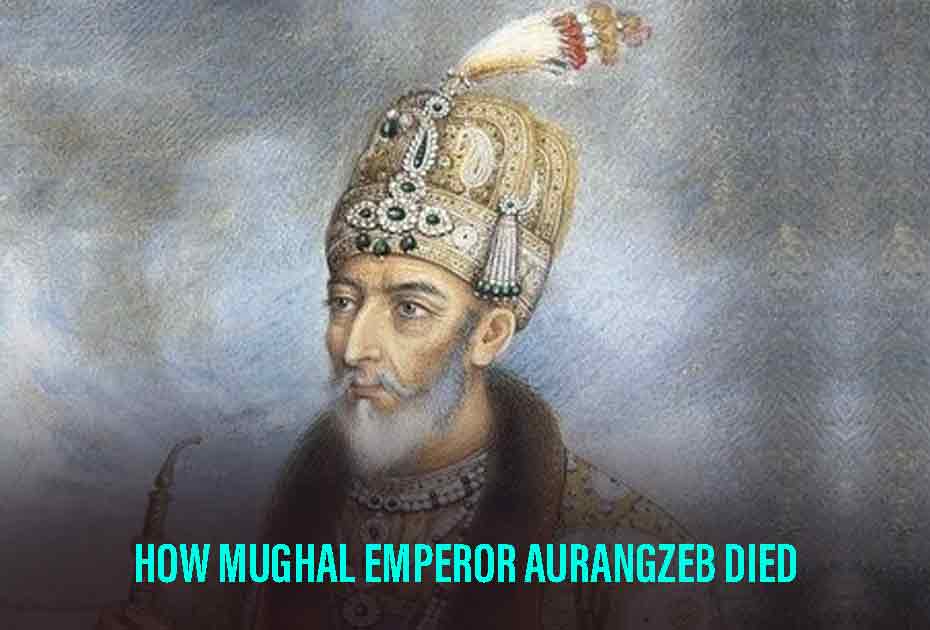
How Mughal Emperor Aurangzeb Died?
At the age of 88, surpassing all his children, Aurangzeb, popularly called Alamgir, died on 3rd March 1707 due to natural illness. He died at a certain point when a lot of rebellions were waiting to outburst at the doors of the Mughal Empire which was in search of a new emperor.
His son, Bahadur Shah 1 was appointed the new emperor under whom the Mughal dynasty could not flourish but came to an end when he was exiled by the British government in 1858.
Also Read- Maratha Rulers And Battles Involving The Maratha Empire
Few Final Words
Aurangzeb was known as the last greatest Mughal Ruler with a 49-year long reign who effectively managed his vast Indian empire for many years but neglected key aspects of administration such as religious intolerance that led to its decline. The fall of the Mughal Empire is believed to have taken place because its subjects lost trust in their incompetent monarch after decades of religious persecution by him.
For more content, visit Discover

